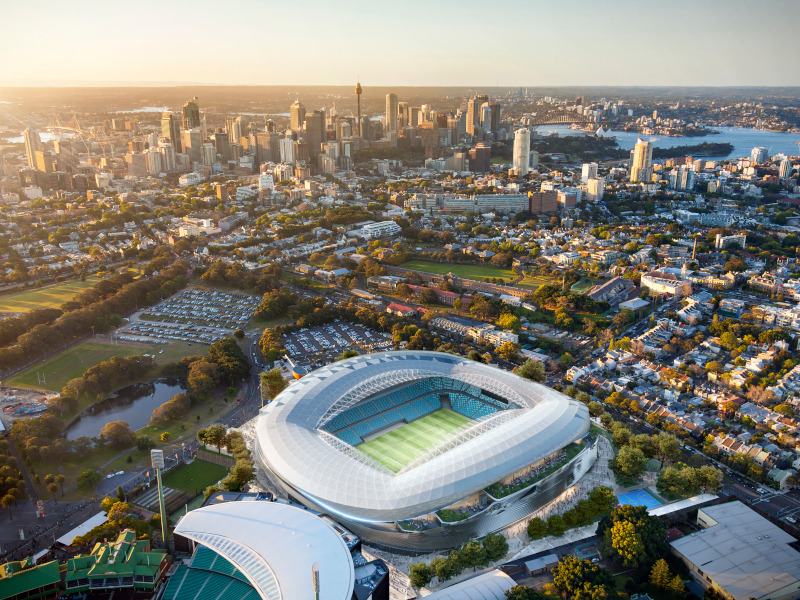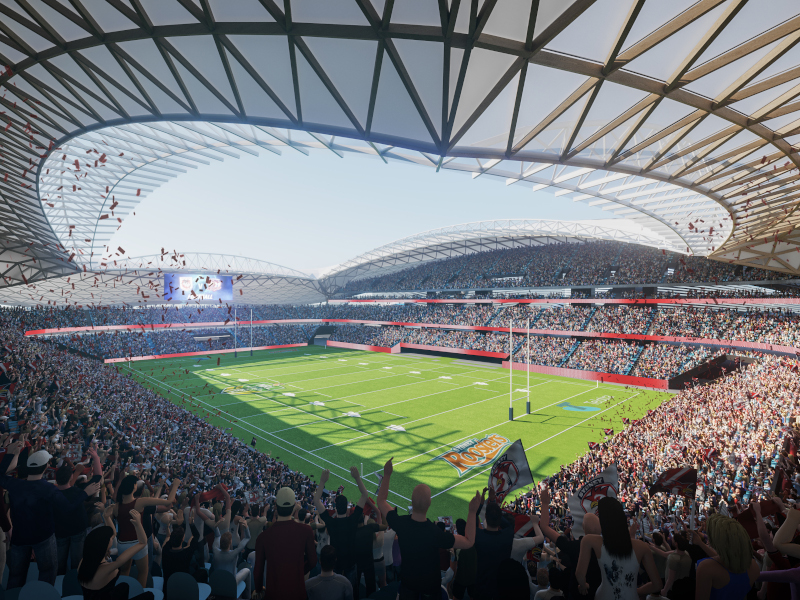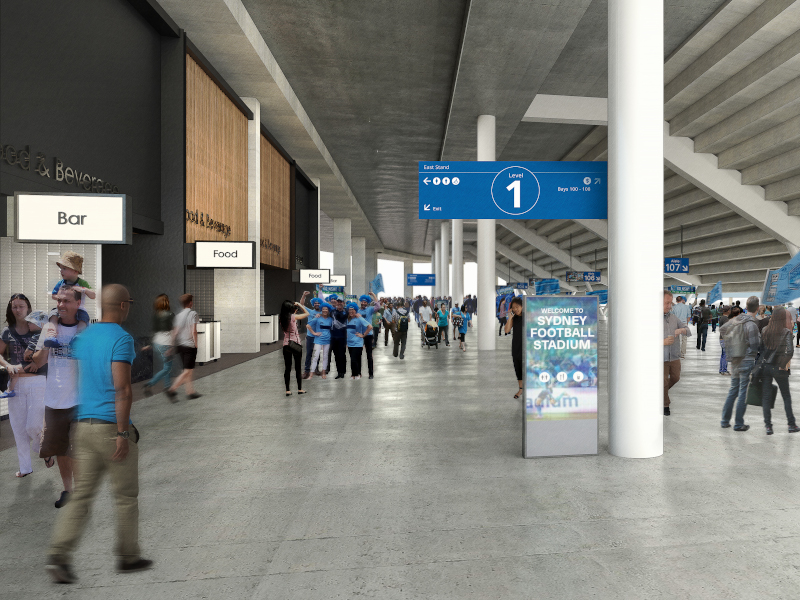The Sydney Football Stadium project involves the redevelopment of the Allianz Stadium into a world-class venue for sporting and entertainment events.
The new stadium will be situated at Moore Park, adjacent to the Sydney Cricket Ground in Sydney, New South Wales, Australia.
It is expected to grow the city’s visitor economy and boost the cultural and sporting sector.
The project, which is being developed by Infrastructure New South Wales, will create more than 600 jobs during construction and around 300 jobs upon completion.
The stadium redevelopment project was announced in November 2017 and is expected to be completed in time to host the 2022 National Rugby League Grand Final in July 2022.
Sydney Football Stadium redevelopment details
The new stadium will have a roof with complete coverage of the seating bowl over all permanent seats up to 45,000.
It will have larger entrance plazas for easier movement of the visitors and include new elevators. The design will also enable enhanced routes within and around the stadium.
The stadium will feature covered and wider concourses offering food and beverage options, along with a food court.
Improved seating with superior sightlines and better proximity to the ground will be one of the key focus areas of the redevelopment. Premium hospitality and amenities for members will also be incorporated into the new stadium.
Four fully equipped changing rooms will be provided to host doubleheader events and to support the growth of women’s sports. The stadium will feature separate facilities for women. Designated facilities with international standards will be created for coaches and match officials.
A basement with a 360° service road will be included for the efficient movement of large quantities of stage and production equipment during social events such as concerts.
Media personnel will be provided with advanced reporting and production facilities within the stadium.
Construction timeline for Sydney Football Stadium redevelopment
The redevelopment of the stadium is being undertaken in two stages, the first of which included demolition works and preparation of the site for construction. Demolition of the existing stadium began in 2019.
In March 2020, the NSW Government approved the stage two State Significant Development Application (SSDA) for the detailed design, construction and operation. Major work at the site is expected to commence in late March 2020.
The first nine months of stage two will include establishing a site office and conducting civil construction works such as piling works and bulk earthworks.
The site will undertake the earthworks, piling and construction of the basement in 2020, while completion of the structure is expected in 2021. Construction of the building and public domain, including the installation of the roof, facade and internal fit-out, is scheduled for completion in 2022.
Sydney Football Stadium background details
The Sydney Football Stadium was opened by the Sydney Cricket and Sports Ground Trust in 1988.
The stadium redevelopment was undertaken as the existing building fails to meet the current building standards and does not adhere to the Building Code of Australia and the Disability Discrimination Act.
The venue did not provide adequate access for people with disabilities and did not meet the country’s present security standards. The narrow concourses, along with insufficient toilets and food outlets, used to result in overcrowding and queueing within the stadium. It required additional costs and time to prepare for events. In addition, the old stadium was not equipped with adequate back-of-house facilities, which led to inefficiencies in the movement of goods, staff and waste.
The developer considered options of either refurbishing the existing stadium or building a new stadium at the site after demolishing the existing structure. Infrastructure NSW opted for rebuilding the stadium based on the project’s viability.
Sydney Football Stadium controversy
The original design of the stadium proposed to incorporate curtain technology to allow for the configuration of the venue to different capacities. It also included media halo technology.
The project needed to revise the timelines, leading to construction cost escalations by approximately A$99m ($67.8m). The LED curtain technology and media halo were removed from the final design plan after an external review to moderate the cost of the project.
The LED curtain was intended to cover the upper tiers to allow club owners to disguise poor attendance during games and was seen as an important feature to help improve match-day experience. Professional soccer club Sydney FC reached an agreement to play four seasons out of the rebuilt stadium.
Construction company Lendlease, which was announced as the contractor for the project in December 2018, walked out of the project after differences with the government over project costs and timelines.
Contractors involved
Lendlease completed above ground demolition and ground piling demolition works under stage one, while John Holland was awarded a $735m contract for stage two, which will include the delivery of the stadium.
Cox Architects’ design was selected for the stadium’s redevelopment.






